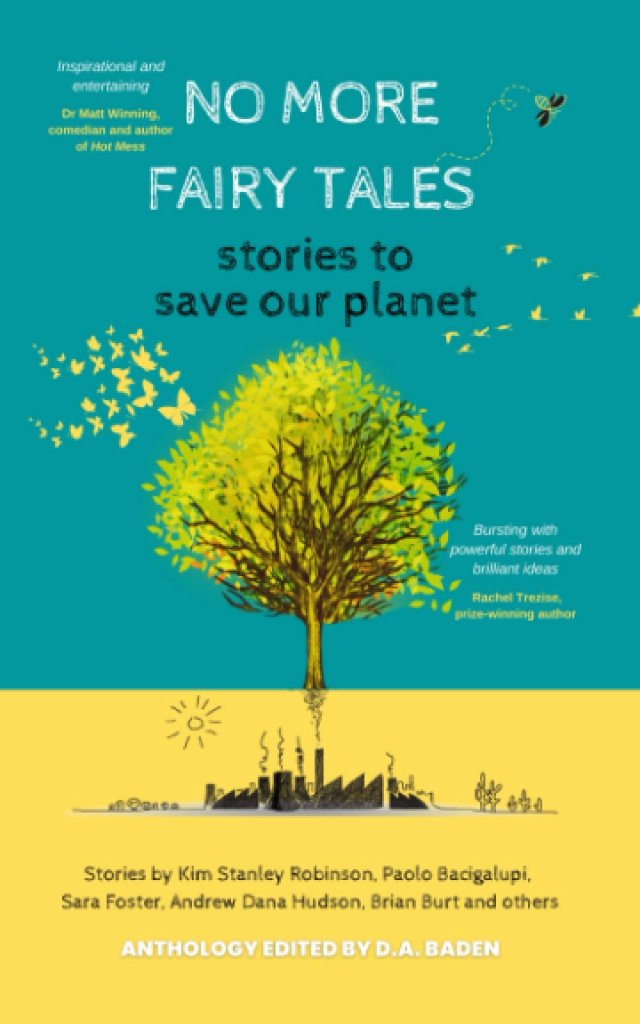
Navigation
Read the first page from the story below:
Asked Mary for a meeting with her and Dick Bosworth, to go over some of the economic plans the software team was developing. She cleared an hour at the end of a Friday and meeting convened in her seminar room.
What’s up, Janus Athena? she said, a bit brusquely. She’s always visibly skeptical that AI could contribute anything substantive to her project.
Went to the whiteboard and tried to show her how AI could help. Always awkward to explain things to computer illiterates, a translation problem, a matter of deploying metaphors and finding gross generalizations that aren’t too gross.
Started this time with rehearsal of Hayek’s argument that markets deliver spontaneous value, and are therefore the best calculator and distributor of value, because central planning can’t collect and correlate all the relevant information fast enough. So planning always got things wrong, and the market was just better as a calculator. The Austrian and Chicago schools had run with that opinion, and thus neoliberalism: the market rules because it’s the best calculator. But now, with computers as strong as they’ve gotten, the Red Plenty argument has gotten stronger and stronger, asserting that people now have so much computing power that central planning could work better than the market. High-frequency trading has been put forth as an example of computers out-achieving the market proper, but instead of improving the system it’s just been used to take rents on every exchange. This a sign of effective computational power, but used by people still stuck in the 1930s terminology of market versus planning, capitalism versus communism. And by people not trying to improve system, but merely to make more money in current system. Thus economists in our time.
In fact, entirely new organizational possibilities now emerging with power of AI. Big data analyzed for best results, all money tracked in its movement all the time, allocations made before price competition distorts real costs into lies and universal multi-generational Ponzi scheme, and so on. Particulars here got both pretty technical and pretty theoretical at the same time, but important to do one’s best to sketch out some things Mary might both understand and consider worth ordering team to do. Dick already up to speed on most of this.
Kim Stanley Robinson ‘The Carboni’

Meet the author: Kim Stanley Robinson
Kim Stanley Robinson is a winner of the Hugo, Nebula, and Locus Awards. He is the author of twelve previous books, including bestseller Ministry for the Future, the bestselling Mars trilogy and the critically acclaimed Fifty Degrees Below, Forty Signs of Rain, The Years of Rice and Salt, and Antarctica–for which he was sent to the Antarctic by the U.S. National Science Foundation as part of their Antarctic Artists and Writers’ Program. He lives in Davis, California.
